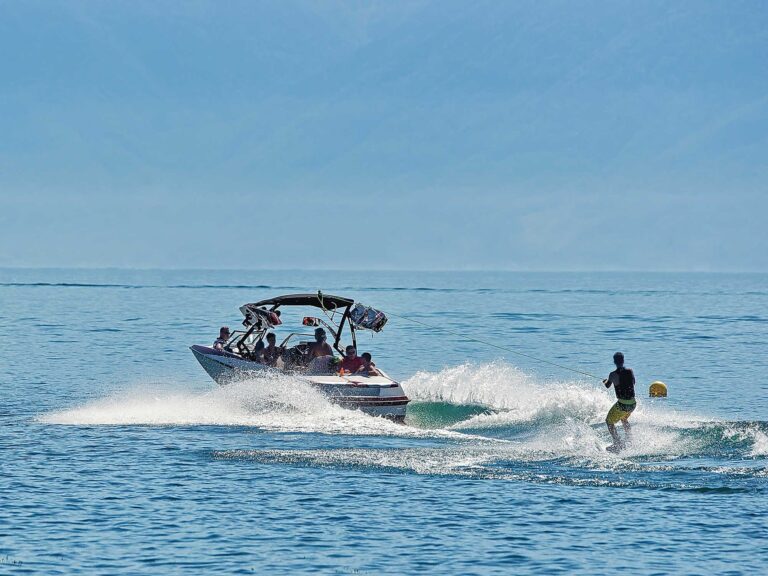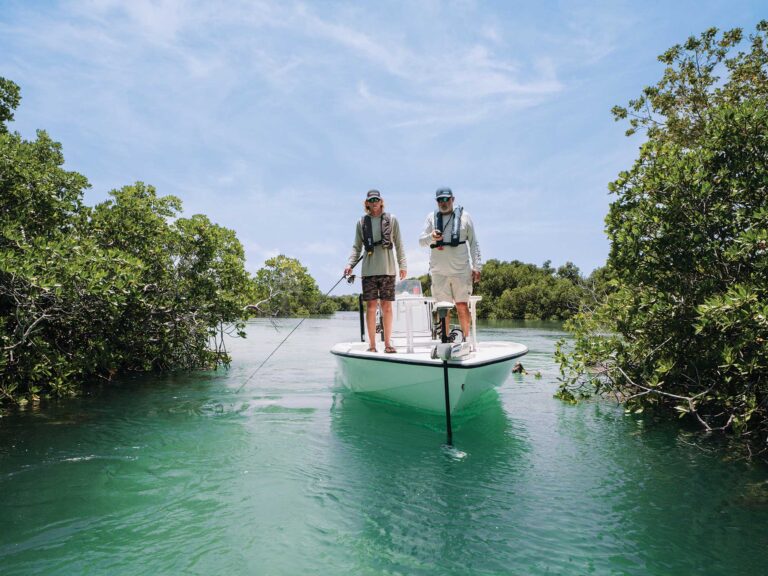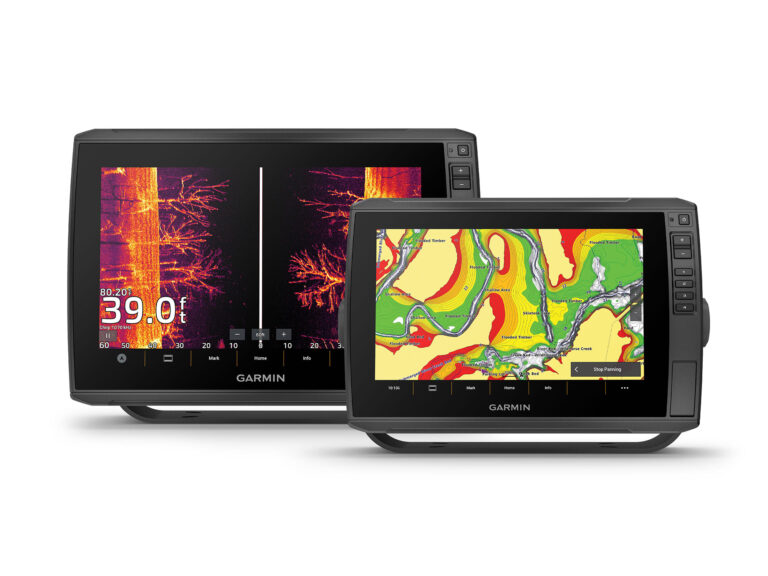Every activity has its rules, and boating is not exempt. Here are some legal requirements concerning use of marine electronics, some of which might surprise even veteran captains.
VHF Radio Law
•Communicate only on channels authorized for recreational boating use. See the channel guide in your owner’s manual.
•Always identify yourself by radio call sign or boat name at the beginning and the end of every radio communication.
•Never call for a radio check or carry on a conversation on Channel 16. Use Channel 9 to call another boat, and then switch to any ship-to-ship channel such as 68, 69, 71 or 72.
•Don’t make a general call such as “Calling any vessel for a radio check.” You must call a specific vessel or station. Contact a boat operator you hear on the air after he concludes a conversation. You can also call a land-based station, such as a yacht club, or a local commercial service, such as Sea Tow or BoatU.S., that may welcome radio checks as a public service for boaters.
Using “Mayday,” “Pan-Pan” and “Security” Properly
•A “mayday” broadcast may be made only when there is immediate danger of loss of life or danger to the boat itself (i.e., a person on board is badly burned or the boat is sinking).
•“Pan-pan” is used to announce that you are concerned but neither crew nor boat is in immediate danger. (Perhaps you’ve lost power and are awaiting a tow.)
•“Security” is reserved to warn of a navigation danger (i.e., a submerged floating log or other hazard in the channel).
You need a ship’s radio station license in the following situations:
•Your boat is 65 feet in length or longer.
•You have a single sideband radio (SSB) installed on your boat.
•You charter your boat and have six or more paying passengers on board.
•You visit a foreign port including Canada, Mexico or the Bahamas.
On-the-Water Use Only
•Use of your handheld VHF on land is prohibited by law. All marine radios are for use on water only.
•If you need to communicate with crew members on both the water and on land, there are a few radios that are “type accepted” for use on both. The Icom M88 and Standard Horizon HX400 and HX370 have the ability for land and sea use. Pleasure-boat users can legally have five special MURS (Multi-Use Radio Service) frequencies programmed into these marine VHF radios. MURS operation does not require a license and is open for public use.
Do’s and Don’ts of EPIRBs, PLBs and DSC
•Don’t activate an EPIRB (emergency position-indicating radio beacon) or PLB (personal locator beacon) unless you are in a life-threatening situation or facing the loss of your boat. Remember, activating an emergency device is equivalent to dialing 911. False activations can result in fines.
•Failure to register your EPIRB or PLB can cause significant delays by rescue responders. Registration is simple and can be done online at beaconregistration.noaa.gov.
•Ever been tempted to press that DSC emergency button on your radio’s front panel? Don’t do it! This will sound out a mayday alarm on all DSC-equipped radios within VHF range. Instead, check the radio’s DSC function by using the “test call” feature present on many newer radios. With it you can transmit a test signal using the U.S. Coast Guard’s test MMSI number (003669999) set up for this purpose.
•If your radio does not have this feature, you can also confirm the DSC operation by sending a DSC test signal to another radio’s MMSI number. See your owner’s manual on performing both procedures.
Legal Links
Sea Tow offers an automated radio check service in several parts of the country. Learn more at seatow.com.
You can obtain your own personal MMSI ID number at boatus.org or seatow.com.









